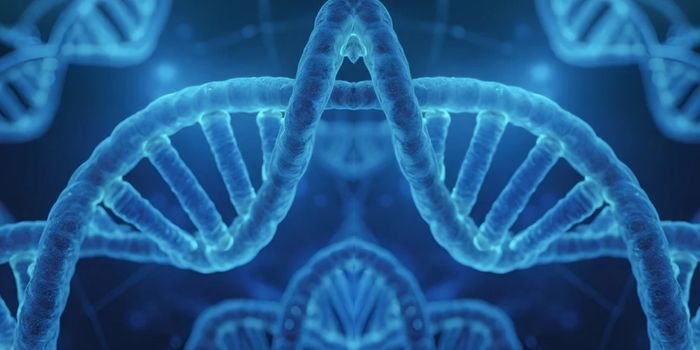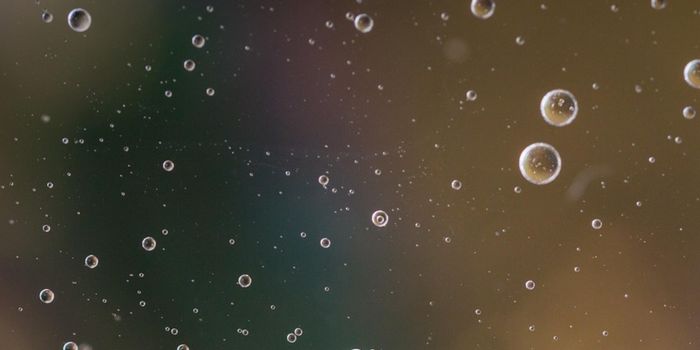A study from the University of Boulder suggests that microbes may be particularly useful for pinpointing time of death.
Forensic scientists go to great lengths to determine time of death, often relying on the presence or absence of
insects such as blowflies. However, the accuracy of these techniques depends largely on the weather and location of a body.
Microbial ecologist Jessica Metcalf found that the microbes on and around a dead body change in a predictable way. The group placed dead mice on three different soil types - desert, short-grass prairie, or high alpine forest. They found that certain species of bacteria and fungi, so-called “decomposer microbes”, are relatively rare in and on living bodies, but become abundant after death. What’s more, these populations changed in a predictable way, regardless of soil type.
The researchers then moved to a seven acre human decomposition lab located in Huntsville, Texas, where they studied the microbial communities associated with human cadavers. Just as with the mice, microbial communities changed in a predictable way following death. In fact, time of death could be determined accurately (to within a few days) even after a month.
What’s more, the microbes that collected under a body persisted even if the body was moved - a finding that could be particularly useful to crime scene investigators. According to Metcalf, “we feel there is great promise that our findings could be used by forensic scientists … we view it as potential method that could be used with other lines of evidence by investigators attempting to solve suspicious crimes”.
Source:
Phys.org,
Wikipedia









